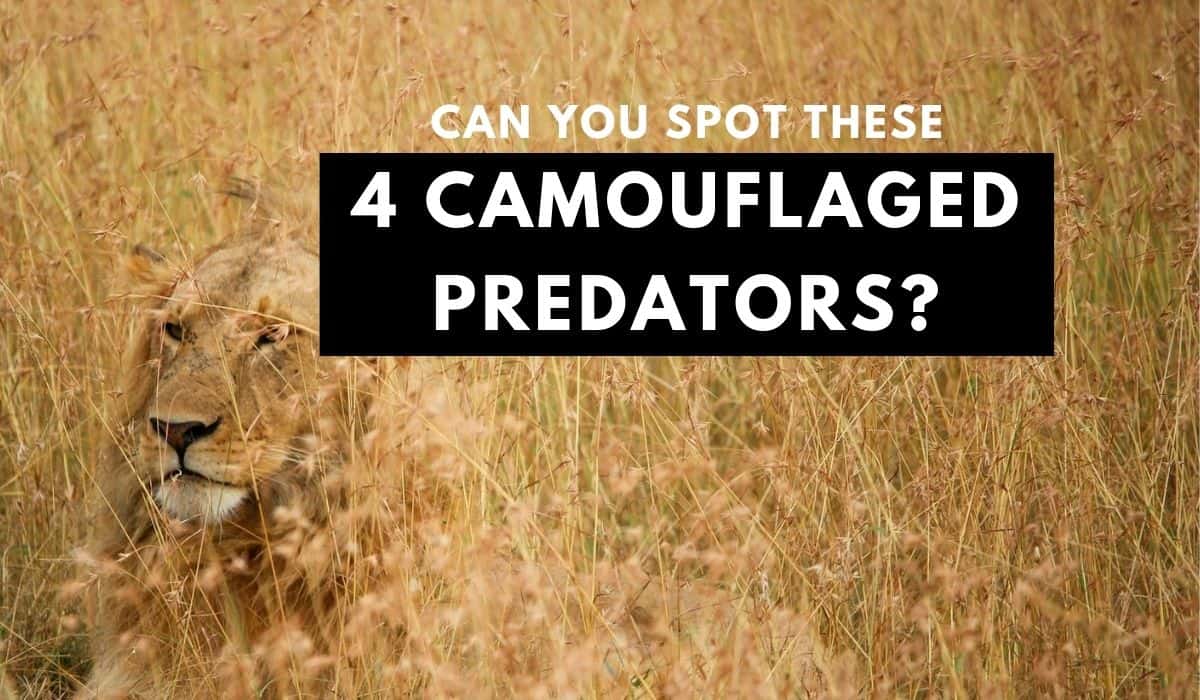Predators around the world have different hunting strategies and tactics. A running theme, almost guaranteeing success, is the element of surprise! Your hunting ability is directly correlated to your ability to hide – can you spot these masters of camouflage?
Keep reading to uncover the answers!
The Power of Camouflage
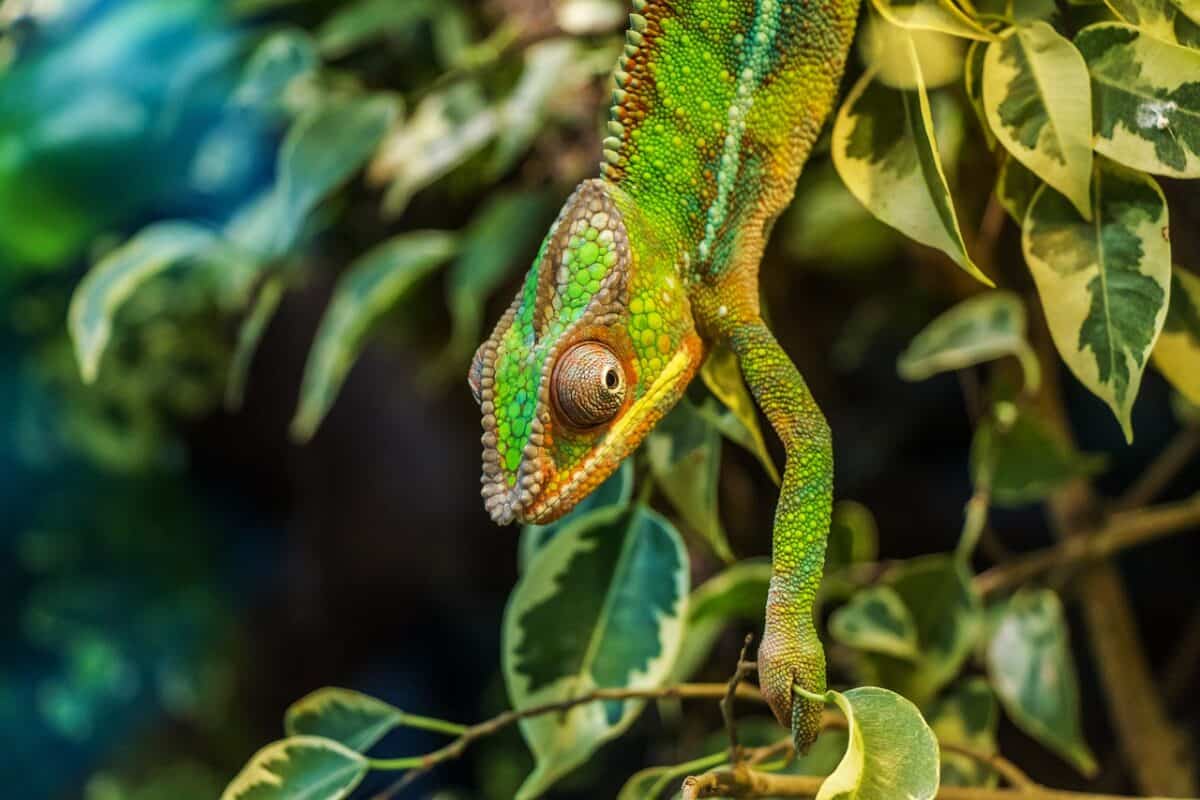
Camouflage is an evolutionary masterpiece that allows animals to hide from predators and prey alike. It’s a survival technique that involves coloration, patterns, and sometimes even physical modifications to blend into specific environments.
Predators, in particular, use camouflage to stalk their prey undetected, demonstrating nature’s complexity and the intricate balance of ecosystems.
What Are the Four Different Types of Camouflage in Animals?
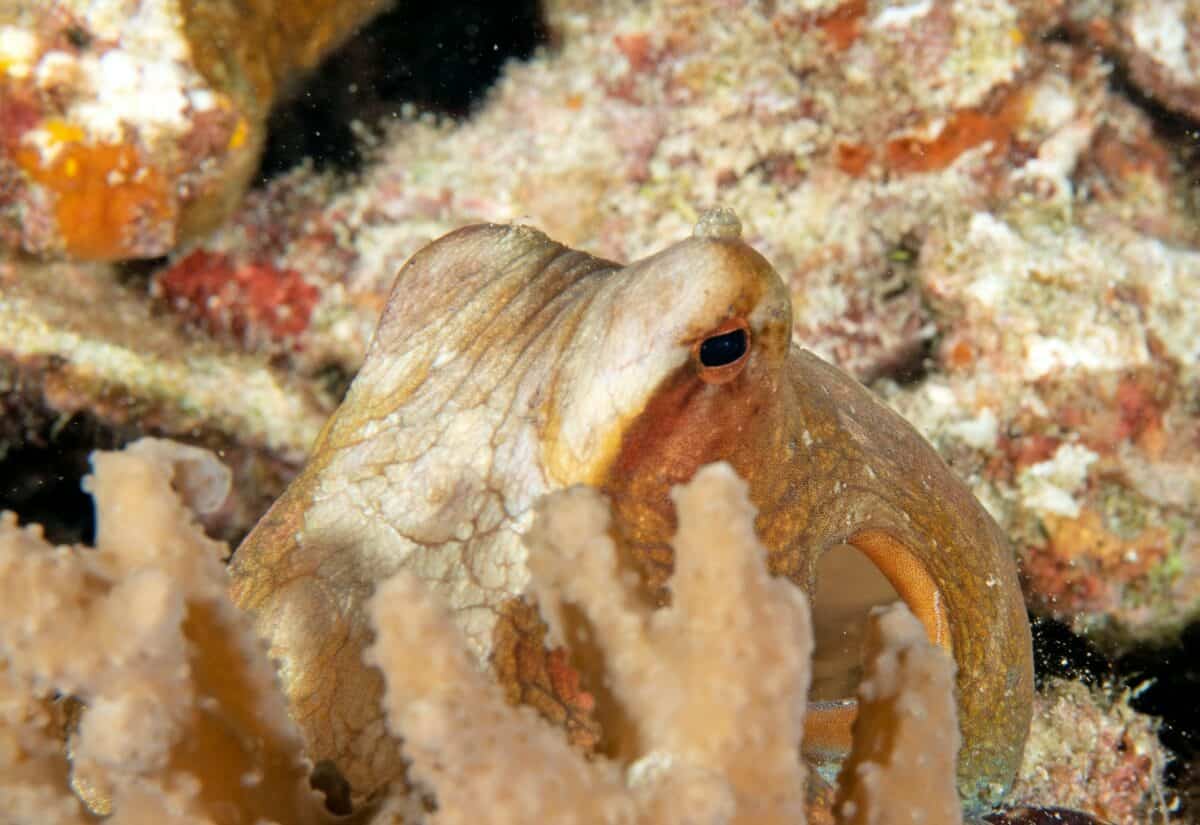
There are many ways in which animals make themselves invisible to the outside world. Here are the different types of camouflage used:
- Background Matching: Animals blend into their surroundings by mirroring the colors and patterns of their habitat.
- Disruptive Coloration: This technique uses contrasting patterns to break up the animal’s outline, making it harder to detect.
- Mimicry: Animals mimic the appearance of other objects or species to avoid detection.
- Countershading: A coloration pattern with darker colors on top and lighter shades underneath, reducing shadows and making the animal harder to perceive.
Camouflaged Predators: The Answers
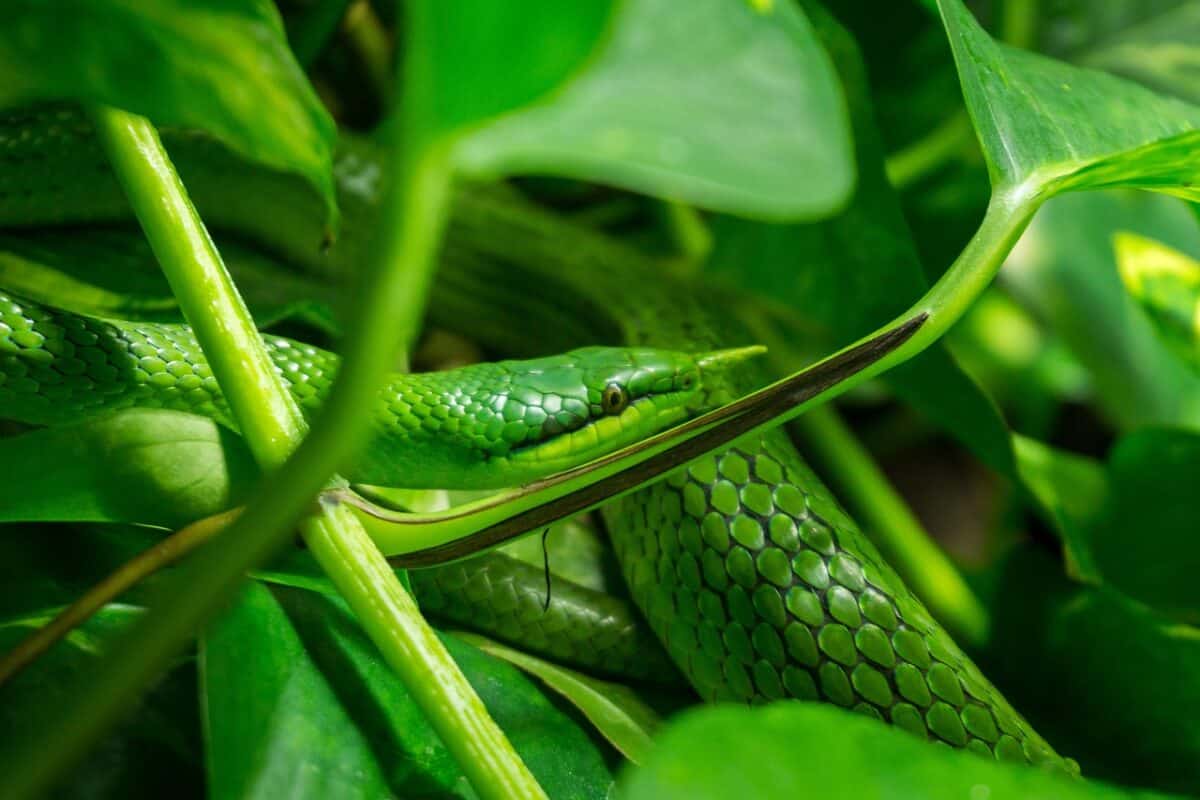
Before diving into the specifics of each image, take a moment to appreciate the challenge of spotting these masters of disguise.
If you haven’t spotted them yourself yet, we can reveal that the slideshow depicts four predators: a leopard, a moth, an owl, and a lynx, each expertly hidden within their environment.
Their camouflage techniques vary, showcasing the diversity of evolutionary adaptations across different species and habitats.
Image 1: Leopard
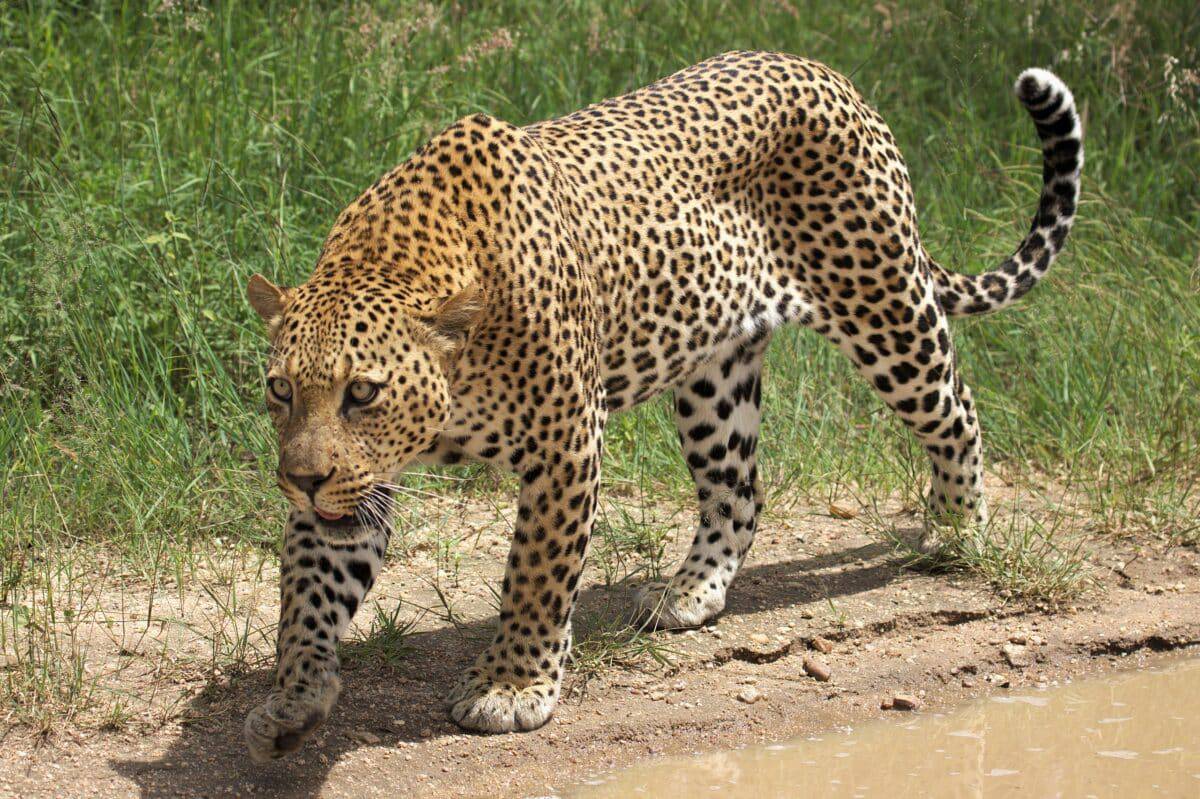
The leopard uses a form of background matching, with its spotted coat mirroring the mottled light and shadows of the forest floor. These large cats are native to sub-Saharan Africa and parts of Asia, thriving in various habitats from rainforests to savannas.
Their iconic patterned fur helps them blend into the tall grasses and dense brush, making them one of the best ambush predators out there.
Image 2: Moth
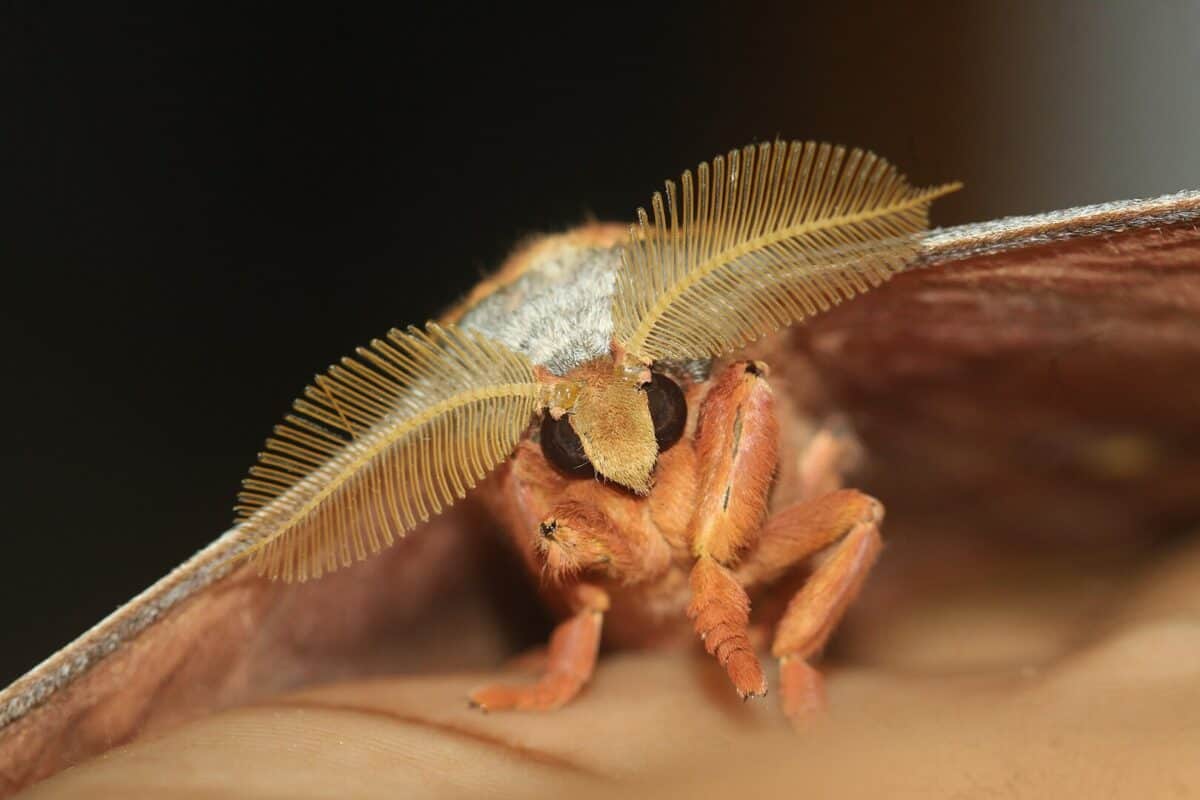
Moths, often overlooked for their subtlety, possess an incredible range of camouflage abilities, some even mimicking other objects like bird droppings or twigs to avoid detection. This technique makes it difficult for predators to distinguish them from their surroundings.
Not only that, moths are often overlooked as skilled predators and often feast on fellow insects.
Image 3: Owl
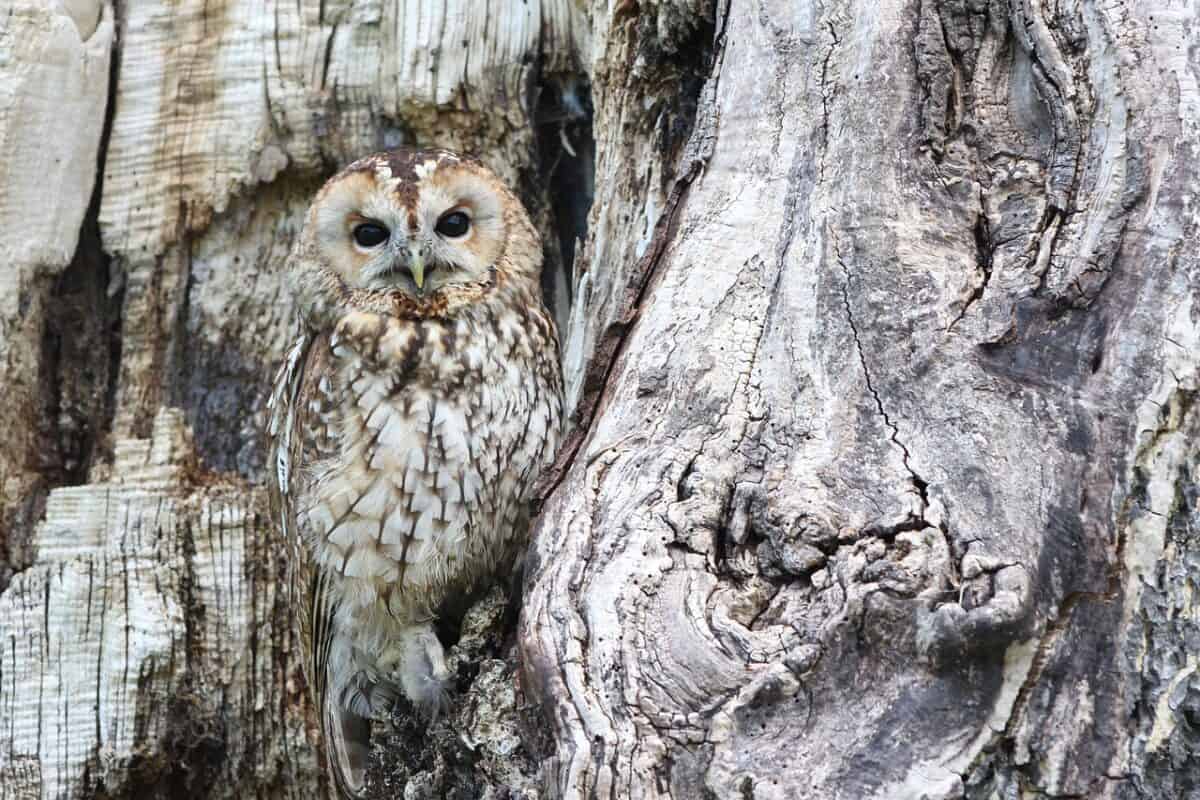
Owls use a combination of background matching and disruptive coloration, with feather patterns that resemble the bark and branches of trees. This camouflage is essential for species like the Great Horned Owl, which may roost in trees during the day, hiding from potential threats and unsuspecting prey.
Moreover, their silent flight and nocturnal habits further complement their camouflage, making them deadly predators of the night.
Image 4: Lynx
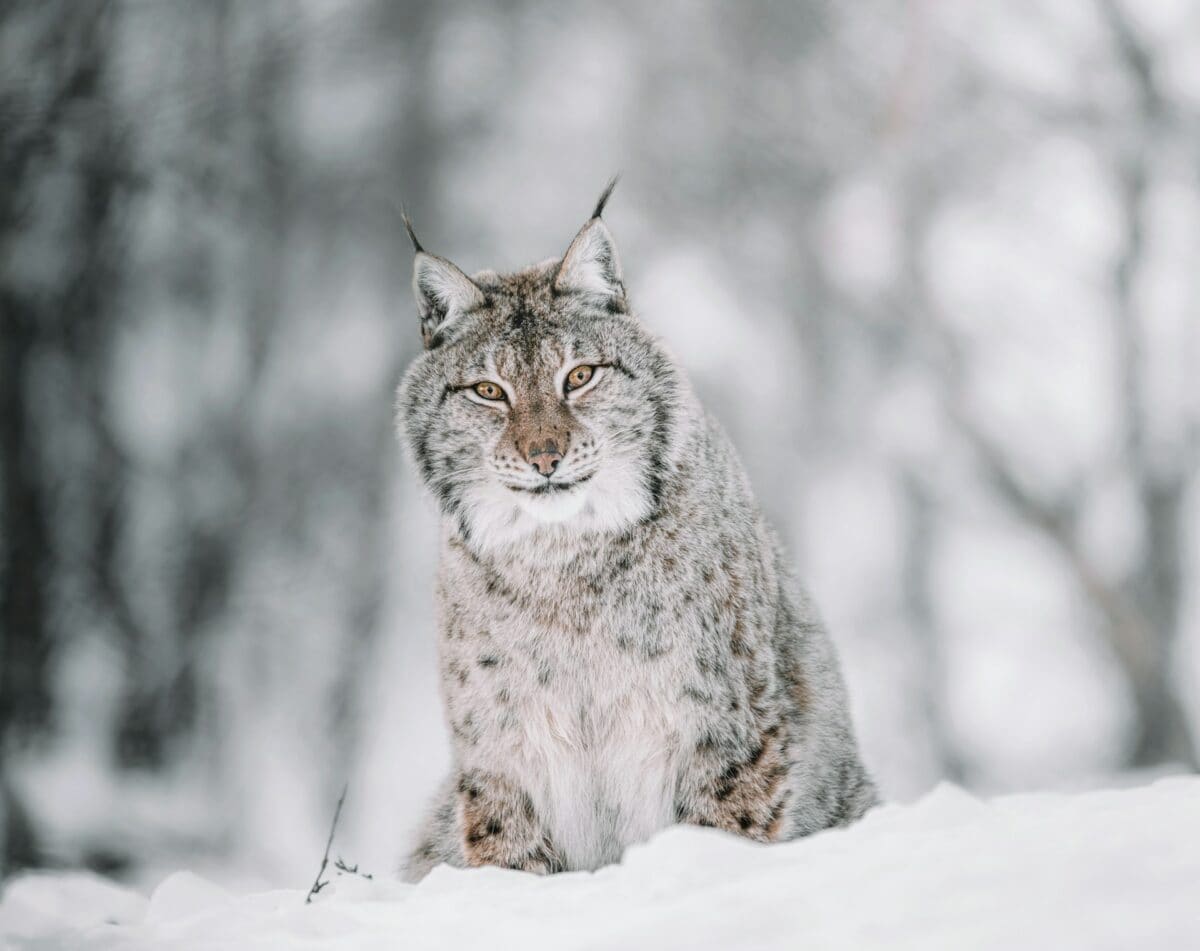
The lynx, with its thick fur and tufted ears, uses background matching in snowy environments or dense underbrush to hunt prey. Native to the northern forests of North America, Europe, and Asia, their fur pattern changes seasonally, allowing them to remain inconspicuous year-round.
Camouflaged Predators: Conclusion
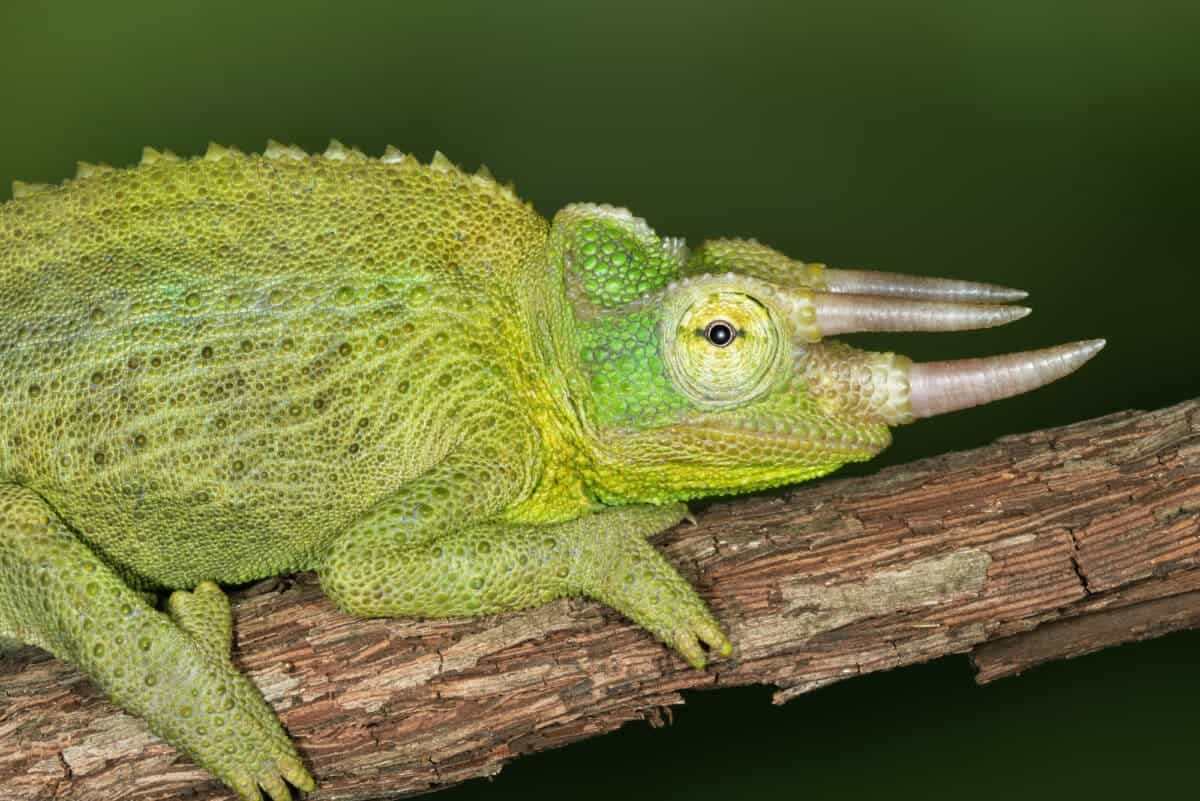
The ability to remain unseen is a critical survival tool in the animal kingdom – both for predator and prey. Whether through background matching, disruptive coloration, mimicry, or countershading, these animals exemplify nature’s ingenuity.
Thank you for reading this article, let us know in the comments how many of these camouflaged predators you were able to spot!
For similar reading, take a look at these posts:
- The Most Impressive Displays of Animal Camouflage
- Uncovering the Camouflage Tactics of the Cuttlefish
- Camouflaged Hippo Gives Curious Leopard a Fright
Join our Forum for free today!


